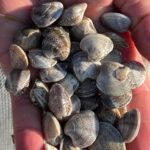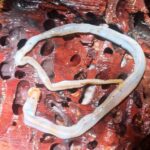The salt intake of a human in case of an actual survival situation or when living from the provisions of a shoreline by purpose is of utmost importance to its health. If too much salt is consumed, the body has adverse short-term effects, like dehydration, swelling, and kidney damage.
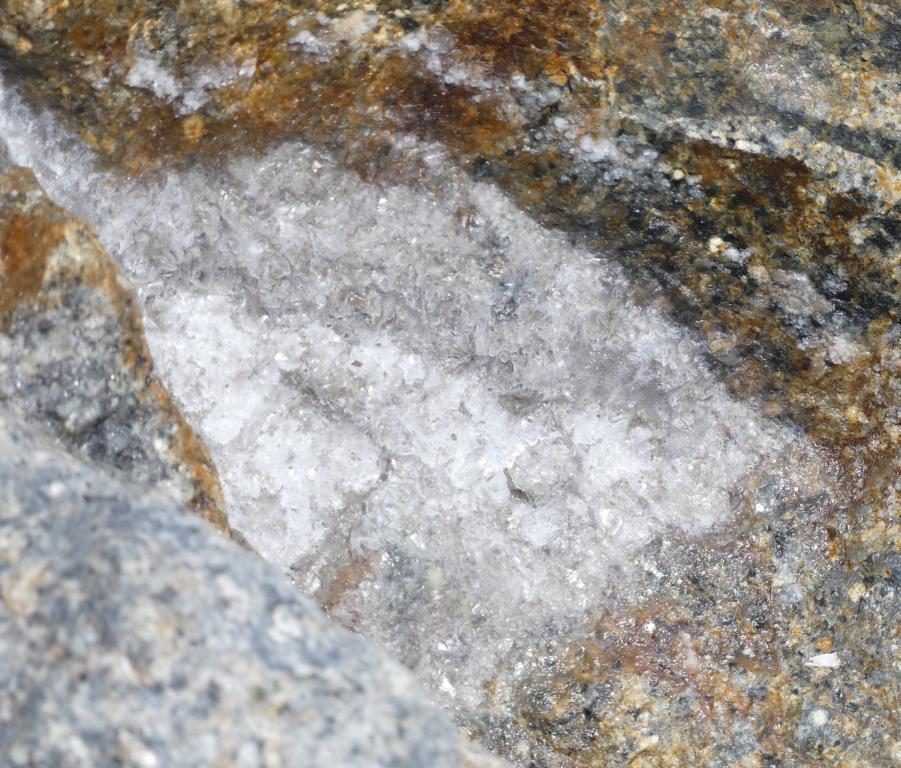
Salt (Sodium chloride, NaCl) attracts water and holds it in human cells. It disrupts osmosis, which causes dehydration and symptoms such as headache, fatigue, and muscle cramps. Retaining body fluid also causes swelling in feet, ankles, and legs. Adverse long-term effects are high blood pressure, osteoporosis, and possibly stomach cancer.
Health organizations recommend that healthy adults limit their sodium intake to 2,300 mg or less per day, about one teaspoon of salt. See this link. Too much sodium can be reduced by drinking excessive amounts of fresh water, exercising with lots of water, and eating food with high potassium content.
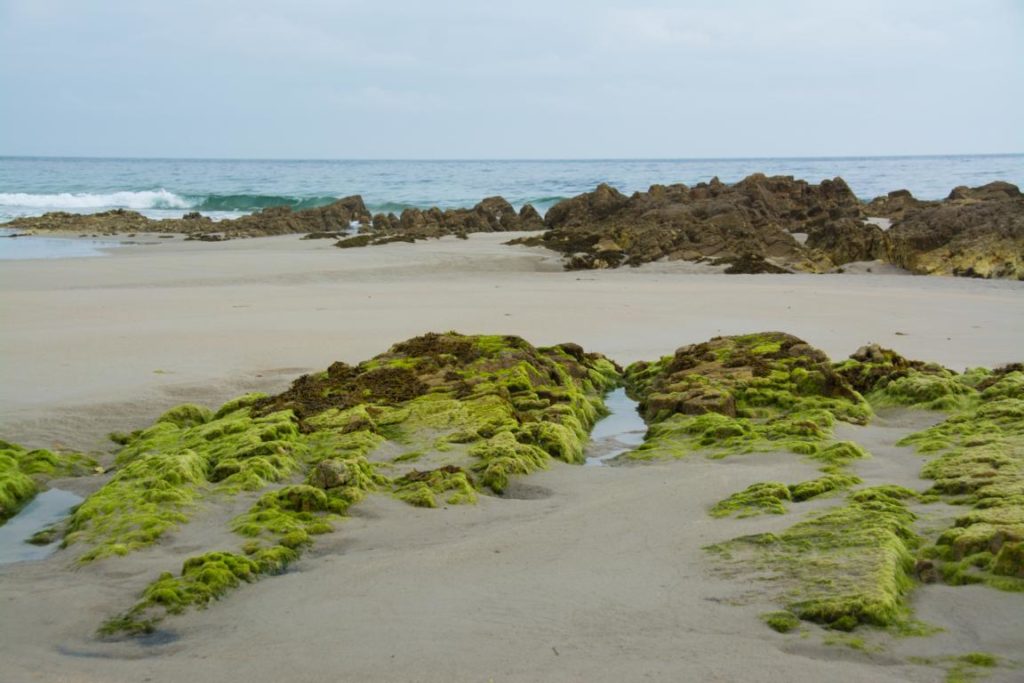
In a survival situation on a shoreline, excessive amounts of freshwater will rarely be available. However, food with high potassium content is typically seafood. Most finfish have a 4 – 8 times higher potassium content than their sodium content. The same goes for crayfish, clams, squid, mussels, and others.
What are now possible salt sources when walking and living from a shoreline? These sources are salt-containing sea breeze, salt in seafood, and by drinking salty water.
How much salt is contained in the sea breeze?
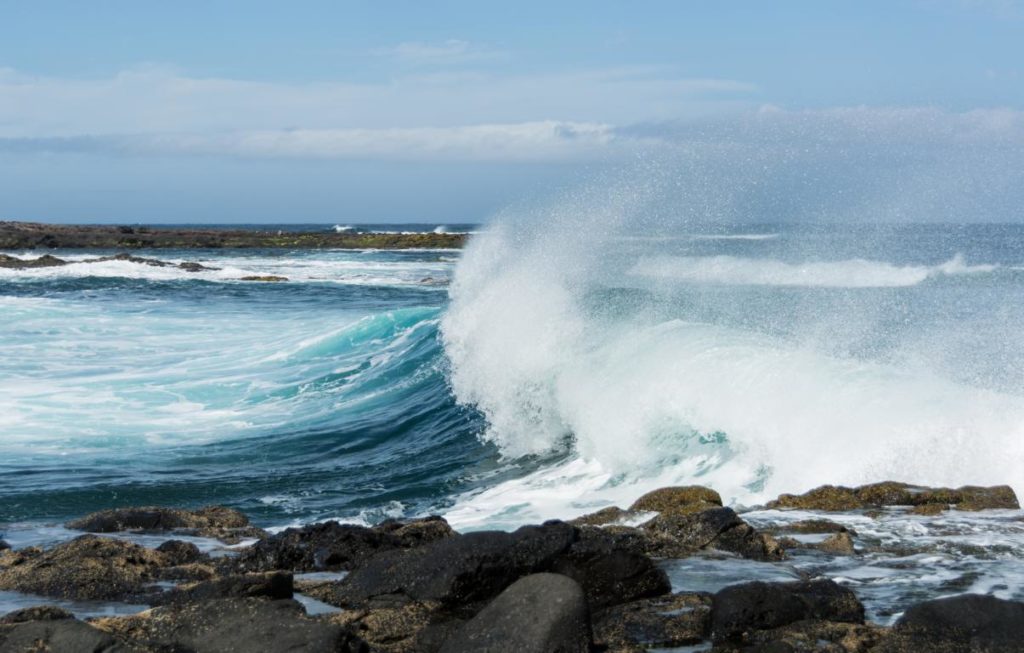
Atmospheric salt from a sea breeze is a mixture of dissolved salts like NaCl, KCl, Na2SO4, and others. All of them are commonly converted to ‘equivalent NaCl’ values for analysis. This, however, does not give accurate figures for sodium, as the ‘equivalent NaCl’ values also include other elements, like potassium, sulfur, magnesia, and calcium. It was found that max. 78% of total salt was converted to ‘equivalent NaCl’.
Besides that inaccuracy, the NaCl content of air heavily depends on wind speeds from sea to land. At wind speeds of up to 14 km/h, all salts are contained in aerosols. Heavy droplets are formed above a wind speed of about 14 km/h, which will fall under gravitational influence.
For example, water will begin stretching horizontally into the air at a wind speed of 2 m/s (corresponding to 7,2 km/h). The sea breeze will contain about eight microgram salt/m3 of air at such a wind speed. Influences of ambient temperatures and humidity are not discussed here in this context.
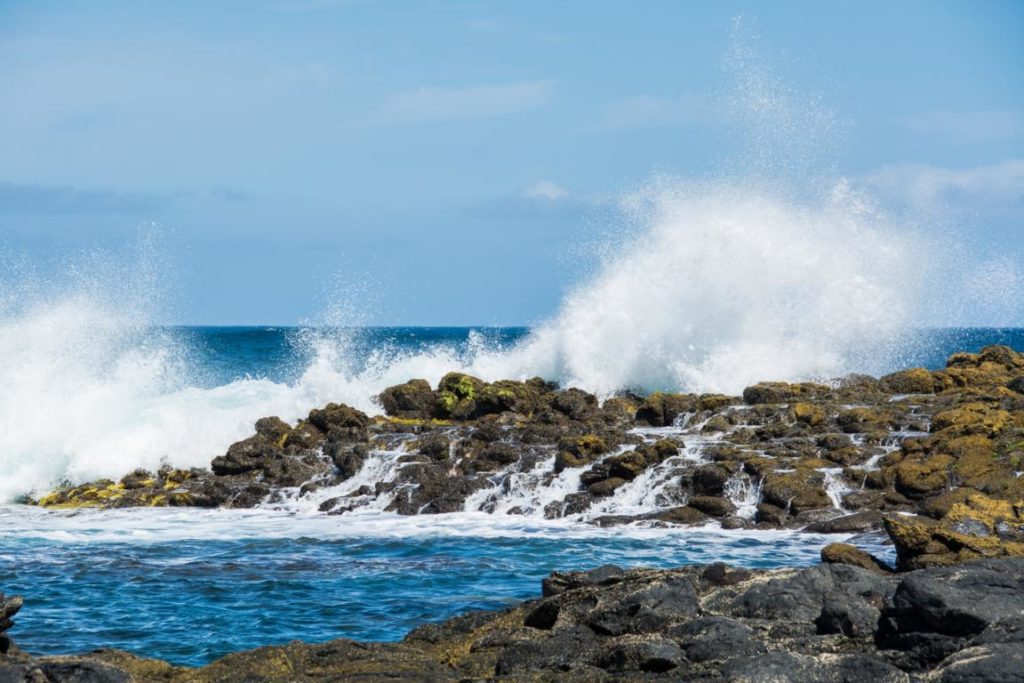
We, therefore, can calculate as follows: 8 microgram salt/m3 air x 0,78 (NaCl equivalents) = 6,24 microgram NaCl/m3 air = 0,00624 mg NaCl/m3 air. 1 g salt contains 400 mg sodium. Therefore: 0,00624 mg NaCl/m3 air = 0,0025 mg sodium/m3 air
A human needs about 11 m3 of air/day at complete rest (equals 388 cubic feet/day), which can increase under duress, tension, high ambient temperatures, body temperature, and other factors about three-fold. Let’s assume such a worse case of using 30 m3 air/day. If 1 m3 air contains 0,0025 mg sodium/m3 air, 30 m3 air over the whole day will only contain 0,075 mg sodium daily. Therefore, The sea breeze does not significantly contribute to taking sodium into the human body.
How much sodium is contained in seafood?
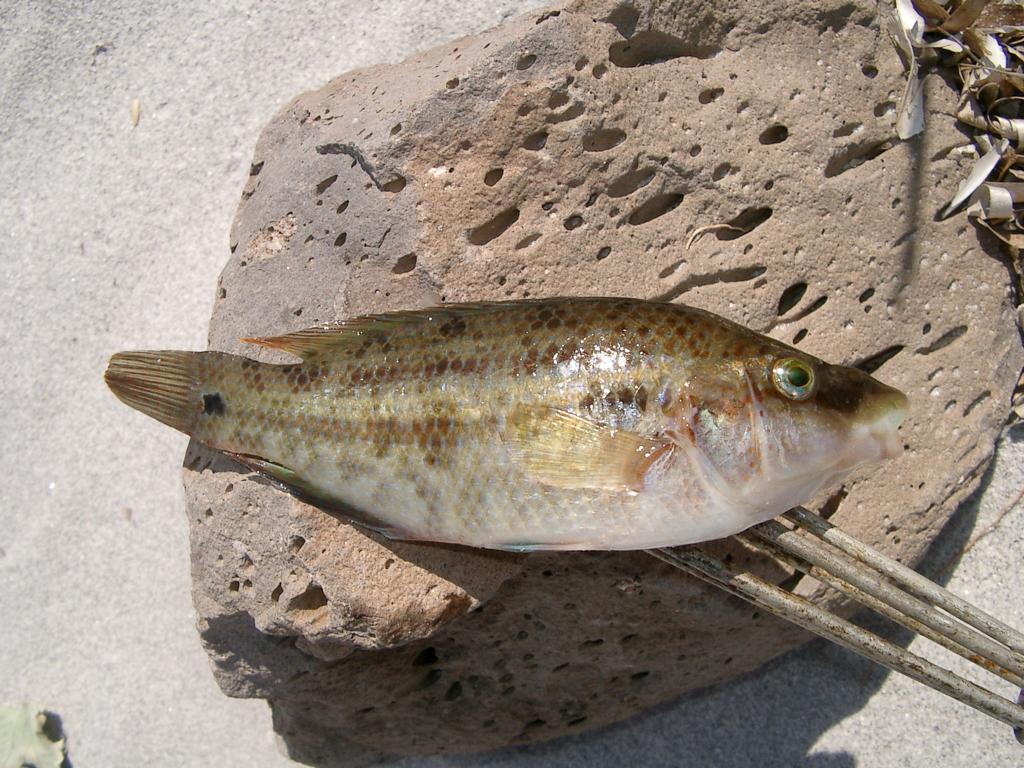
The following lists typical seafood collected or caught on a shoreline. Figures for these food items were sourced from this link.
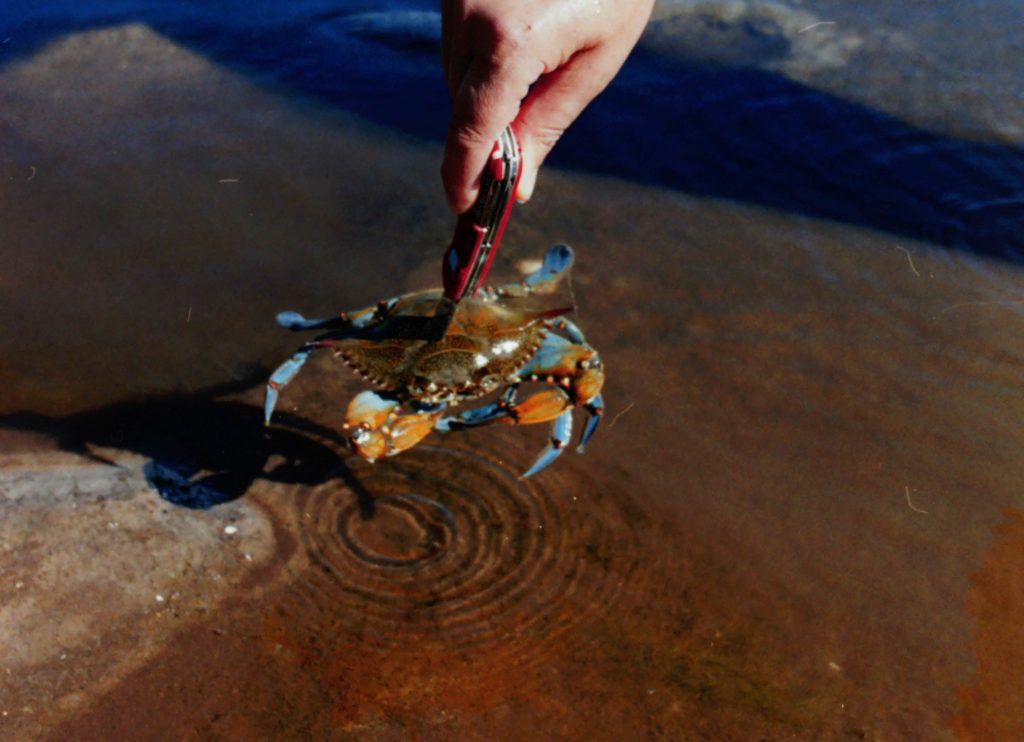
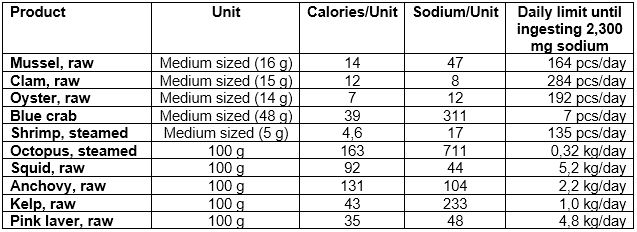
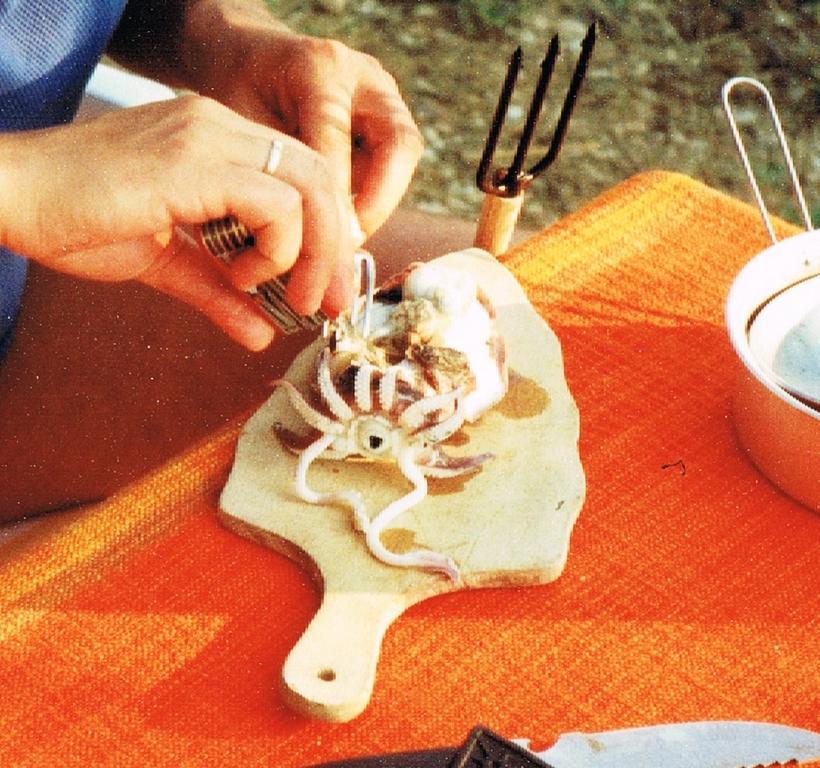
All these typical survival food items on a shoreline – except steamed octopus – are low in sodium, and the salt intake is therefore low. And from other sources, we know that their potassium content is between 4 – 8 times higher, which benefits the neutralization of sodium in the blood. Typical survival seafood is, therefore, not a significant contributor of sodium (respective salt) to the body.
.
.
And what is the sodium content when drinking salty water?
There are stories of castaways on an island who survived long periods with a limited water supply. How did they do it? They discovered that freshwater can be diluted with seawater and extended their freshwater sources, which also had a healthy mineral content.
Saltwater is four times saltier than freshwater. As mentioned above, drinking undiluted saltwater acts like a poison, leading to cell osmosis failures. However, mixing ¼ parts of seawater with ¾ parts of saltwater will result in isotonic water still acceptable for the functioning of the human body. Such isotonic water has a similar salt content to human blood, which is 0.9%, or 9 g/l. However, the amount of isotonic water should be reduced to 1 liter (or quart) per day.
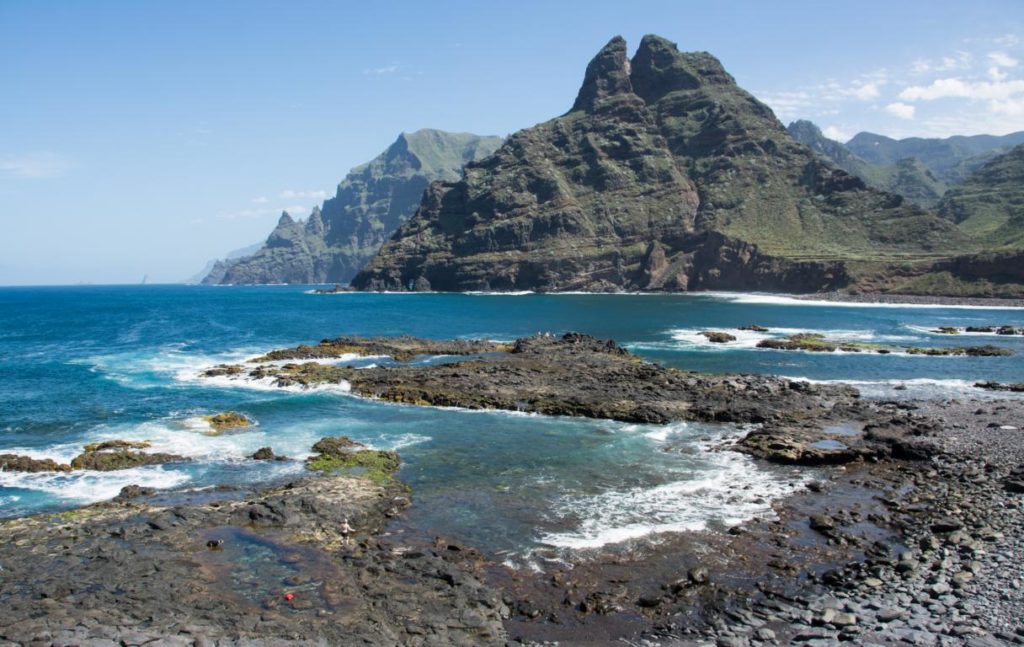
Human tears are an excellent example of isotonic water. If somebody is uncertain if the available drinking water can be drunk, its saltiness can be compared with the taste of tears (rubbing the eyes for extraction!).
Ocean salinity is, on average, 35 grams of salt per liter of seawater. One gram of salt (Sodium chloride) contains 400 mg of sodium. The daily recommended limit of sodium intake is 2,300 mg. Therefore, not more than about 6 grams of salt (about. 1 teaspoon) should ideally be ingested per day. When mixing ¼ of a liter of seawater with ¾ of a liter of fresh water, this will contain abt. 8,75 grams of salt. This is acceptable in a survival situation but only briefly if exposed to other sodium/salt sources.

In summary, it can be concluded that in a shoreline survival situation, neither sea breezes nor seafood are significant sodium contributors. Ingesting seawater dramatically increases salt intake and sodium levels. Therefore, hypertonic (undiluted) seawater on food or direct mouth contact has to be avoided as much as possible.
Lessons learned about salt intake in survival situations:
- Although sea breeze tastes salty on the lips, the ingested sodium content is low
- Typical shore survival seafood is low in sodium but high in potassium
- Isotonic (4 times diluted) seawater can be drunk up to a maximum of 1 liter/day
- Hypertonic (undiluted) seawater should be avoided as much as possible
.




